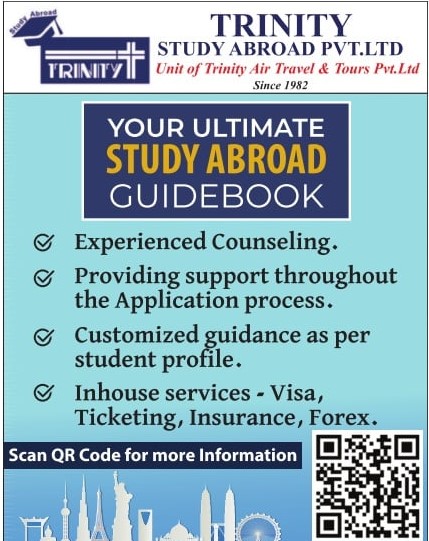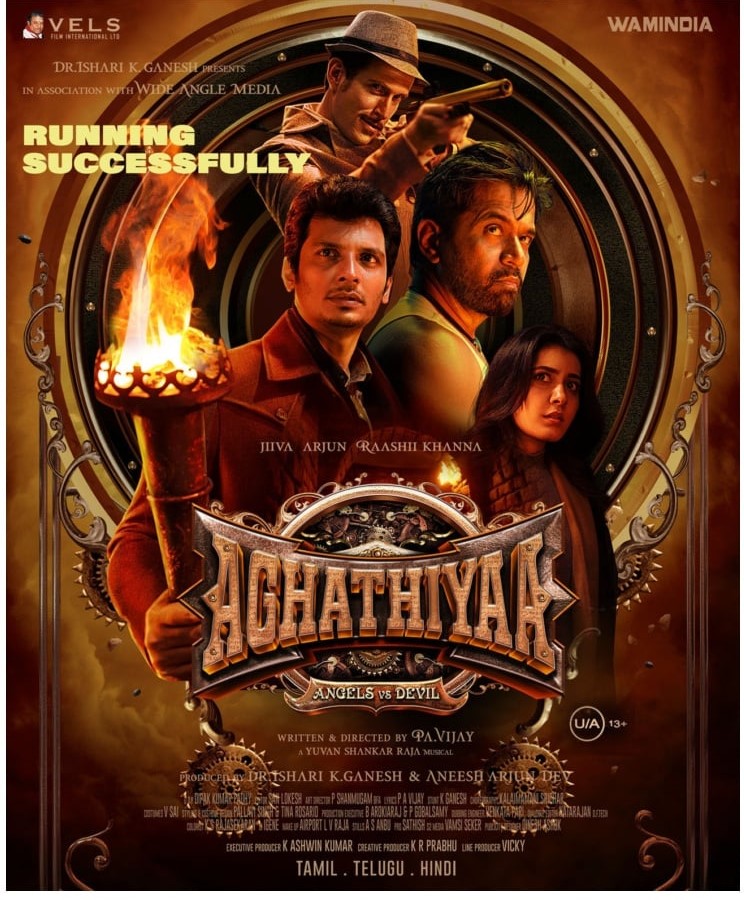CNN Central News & Network–ITDC India Epress/ITDC News Bhopal: Off late there have been talks about Sunita Williams and Butch Wilmore, two accomplished NASA astronauts, who are currently aboard the International Space Station (ISS) and awaiting their return to earth. Originally scheduled to depart on June 13, their mission has been indefinitely postponed due to technical issues with the Boeing Starliner spacecraft that transported them to the ISS.
The delay is attributed to a series of helium leaks and thruster problems detected on the Starliner. NASA and Boeing engineers are diligently working to resolve these challenges and ensure the safe return of the astronauts. While the mission has faced setbacks, NASA has emphasised that Williams and Wilmore are not ‘stranded’ and can undock from the ISS and return to Earth whenever necessary.
But only time will tell as to when and how both the astronauts return to Earth. NASA is taking a cautious approach, allowing mission teams ample time to thoroughly review the spacecraft’s propulsion system data before authorising the return. This decision reflects the agency’s commitment to prioritising the safety and well-being of the astronauts.
“The challenges faced by the Starliner are not unprecedented in the history of space exploration. Previous missions, such as the Apollo 13 incident in 1970, have also encountered unexpected obstacles, requiring astronauts and ground crews to demonstrate resilience and ingenuity. The Indian Space Research Organisation’s (ISRO) Gaganyaan mission has also faced delays due to the Covid-19 pandemic. Despite the current setbacks, NASA and Boeing remain dedicated to the successful completion of the Starliner’s inaugural crewed mission. This mission is a crucial step in the agency’s Commercial Crew Program, which aims to establish reliable and cost-effective access to the ISS for American astronauts,” remarked Srimathy Kesan, founder and CEO of Space Kidz India, which is into design, fabrication and launch of small satellites, spacecraft and ground systems.
However, there is no denying the fact that Boeing’s first manned flight of its Starliner spacecraft did not go as planned. Despite claiming they were prepared after years of testing, the spacecraft encountered problems and had to remain docked to the International Space Station (ISS). The issues include helium leaks and malfunctioning thrusters in the propulsion system. Consequently, the spacecraft’s return to Earth has been postponed indefinitely while the team works on fixing the glitches.
“Ensuring the safe return of NASA astronauts Sunita Williams and Barry ‘Butch’ Wilmore is NASA’s main priority. However, the recent technical delays faced by Boeing’s Starliner spacecraft raise concerns about the future of the programme and the company’s involvement in space missions. Boeing’s prime concern is to prove it can safely transport mission crew and overcome the technical snags afflicting both the spacecraft and the company’s commercial aviation division,” pointed out space expert Girish Linganna.
After the mission is over, NASA and Boeing will need to go through a thorough certification process in order to use the Starliner spacecraft for regular crew rotation missions. This will involve flying a full crew of four astronauts for extended stays on the ISS. Once certified, the Starliner will join SpaceX’s Dragon spacecraft as a transportation system for NASA.
“NASA is keen on having two reliable systems for transporting astronauts to the space station, as it provides a backup in case one system encounters any issues. This is all part of a $4.2-billion contract that NASA awarded to Boeing 10 years ago and they are eager to see the Starliner fulfil its role in space exploration. Boeing has faced numerous challenges, including an expensive failed test flight in 2019. Currently, the company is focused on launching the Starliner for regular crewed missions that are vital for Boeing to recover from significant financial losses and begin generating revenue,” added Linganna.
As per media reports, Wayne Hale, a former director of NASA’s space shuttle program, has observed that Boeing was carefully evaluating the situation and would not risk astronaut safety. Securing post-certification missions is critical for both Boeing and SpaceX, as these missions are essential for their financial recovery and profitability. The success of the Starliner programme is crucial for determining Boeing’s financial future.
The Starliner spacecraft has encountered multiple challenges related to small helium leaks, which have caused significant delays in its launch and return. Initially, NASA and Boeing attributed the leaks to a faulty seal. But later, they admitted to being unsure about the exact cause. The teams are also investigating the sudden failure of five of the spacecraft’s thrusters during its approach to the space station on June 6. This unexpected event compelled NASA to request Boeing to manoeuvre the vehicle backward and reactivate the thrusters to bring them back online.
“The situation is more complicated because the helium and thruster issues are in Starliner’s service module. This part of the spacecraft provides most of its engine power. Before the spacecraft returns to the Earth, the service module is detached and burns up in the atmosphere. Engineers want to figure out the problems while they still have access to the hardware,” explained Linganna.
Originally, the Starliner was scheduled to return home on June 18, but NASA moved that date to June 26. However, on June 21, NASA delayed the return once again to some time in July. They have cited the need for more time to address issues with the spacecraft’s propulsion system.
NASA has stated that there is no urgency to bring the astronauts back home and that the helium leaks do not pose a risk to their return. Despite some propulsion system problems, four of the five thrusters are now functioning normally out of the 28 on board, providing enough failover options. The spacecraft has the ability to stay docked in space for up to 45 days, giving the crew enough time to troubleshoot the issues. Both NASA and Boeing have held out the assurance that the Starliner will remain in good condition and can be used in case of an emergency on the space station to safely transport the astronauts back to Earth.
Steve Stich, who manages NASA’s Commercial Crew Program, has told the media that they were proceeding carefully and adhering to their standard procedures and has said the team was prioritising data-driven decisions when addressing the issues with the small helium system leaks and thruster performance observed during the rendezvous and docking process. Resolution of these problems is crucial for ensuring successful certification, according to officials. According to Stich, the whole team is trying to figure out what is going on with this vehicle for the crewed flight test and planning its return. Later on NASA is planning to review all the tasks that lie ahead once this vehicle returns with the crew.
Boeing and NASA are gathering a lot of data on their systems to prepare for their work. They have already tested the thrusters while the spacecraft was attached to the space station. Now, they are using simulators on the ground to explore different scenarios. This helps them find and fix issues to make sure the spacecraft is safe. Safety is the top priority, especially with the memory of the space shuttle Columbia disaster in 2003, where astronaut Kalpana Chawla and her crew lost their lives when the shuttle broke apart during re-entry.
As the space community closely follows this unfolding saga, it serves as a testament to the perseverance and innovation that define the pursuit of human spaceflight. Sunita Williams and Butch Wilmore’s extended stay on the ISS is a testament to their expertise and the resilience of the space program, as they patiently await their safe return to Earth. At the same time it has been reported that Williams and Wilmore are also eager to stay in orbit. Williams last went to space in 2012 and Wilmore in 2015.







